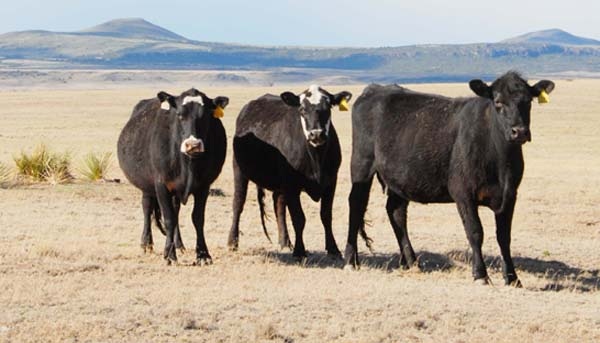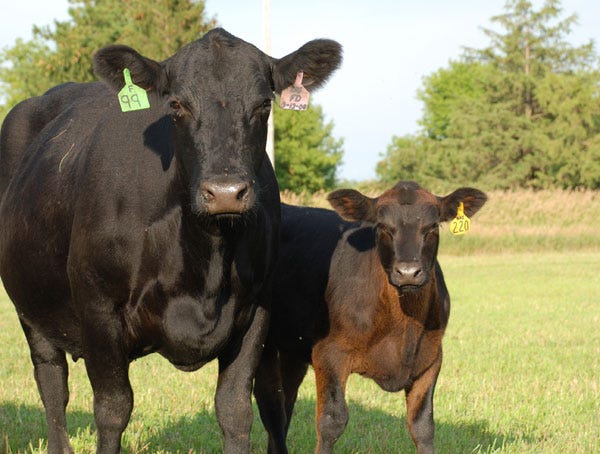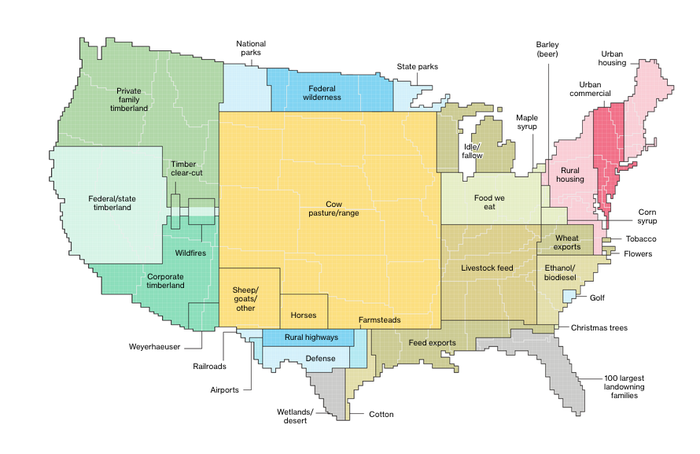Drought-stressed pastures and the cattle grazing them may need a little more TLC this winter. That and more awaits you in this week’s Trending Headlines.

Tips to reduce grazing pressure on drought-stressed pastures
"If forage quality or quantity is lacking at this time of year, producers have several options to reduce grazing pressure and nutritional stress in the cow herd," says Janna Kincheloe, Extension livestock systems specialist at North Dakota State University's Hettinger Research Extension Center. "Supplementing or substituting forage, creep feeding and/or early weaning calves, and culling are strategies to be considered."
Even if forage is widely available, the protein in mature, dry grass can be limited.
"In this case, high-quality protein supplements such as legumes, oilseeds or byproduct feeds such as distillers grains can ensure that protein is adequate in the rumen, thereby increasing overall available energy to the cow," according to Karl Hoppe, Extension livestock systems specialist at the NDSU Carrington Research Extension Center. “If protein is adequate but forage availability is limited, an energy supplement is probably the best option."
Click here to read more from Tri-State Livestock News.
Beef exports stay strong in face of trade uncertainty

Led by another spectacular performance in South Korea and strong growth in Japan, Taiwan and Latin America, July beef exports climbed 12% in volume to 116,575 mt, valued at $722 million – up 16% from a year ago and just slightly below the May 2018 record of $722.1 million.
For January through July, beef exports established a record pace in both volume (779,450 mt, up 10% year-over-year) and value ($4.76 billion, up 20%). For January through July, exports accounted for 13.5% of total beef production and 11.1% for muscle cuts – up from 12.8% and 10.1%, respectively, last year, according to the U.S. Meat Export Federation.
Click here for complete statistics.
Cow-calf operation costs are up. How are you managing?

Commodity beef production focuses on prices, assuming the greater the price, the bigger the check, thus the more positive the outcomes. However, expenses play a key role in what remains of the beef check, according to onpasture.com.
The beef industry enjoyed high prices a few years ago. Today, some leveling has occurred in the current beef producer’s expectations of the market, leading to renewed interest in keeping costs under control. With no upper or lower limits to price, managerial commitment to control costs is imperative.
Click here for tips on how to keep input costs under control.
Here's how America uses its land

There are many statistical measures that show how productive the U.S. is. Its economy is the largest in the world and grew at a rate of 4.1% last quarter, its fastest pace since 2014. The unemployment rate is near the lowest mark in a half century, reports Bloomberg.
What can be harder to decipher is how Americans use their land to create wealth. The 48 contiguous states alone are a 1.9 billion-acre jigsaw puzzle of cities, farms, forests and pastures that Americans use to feed themselves, power their economy and extract value for business and pleasure.
Check out this map to see how land use breaks out in the U.S.
Better pasture management means greater biodiversity, and some really pretty wildflowers

Producer Lance Vilhauer and USDA's Val DeVine examine native grasses in Vilhauer’s northern South Dakota pasture.
Lance Vilhauer, Aberdeen, S.D., jokes he’ll take up floristry if his cattle business doesn’t work.
In mid-summer, his pastures were bursting with wildflowers that colored the green slopes with pops of pink, yellow, purple, and white.
While checking the cow-calf pairs that graze the prairie landscape, Vilhauer stopped his pickup when he spotted a newly-emerged plant and pulled out his guide to native flowers and grasses to learn its name.
He’s continually surprised by the different species that show up. His pastures are a diverse mix of cool- and warm-season grasses and forbs. It’s a mix that’s developed after seven years managing his grazing system in a way that lets the land rest and regenerate.
Options available to protect against longhorned tick
The invasive longhorned (bush) tick has been a growing concern for the veterinary community following the appearance of the species last September in New Jersey, reports the Journal of the American Veterinary Medical Association.

This is a nymphal longhorned tick or bush tick, Haemaphysalis longicornis. The prominent spurs on the first pair of coxae can be helpful in identifying this tick species.
The parasite, which is native to Japan, China, and the Korean Peninsula, has since been identified in several mid-Atlantic states as well as Arkansas. Such rapid dispersal is because of this particular species' rare ability to reproduce asexually, with progeny appearing within six months of reproduction versus the 2 years typical of more common tick species. As the prevalence of the longhorned tick increases, food animal and companion animal practitioners alike have considered what options might be available for protection of their patients.
About the Author(s)
You May Also Like



